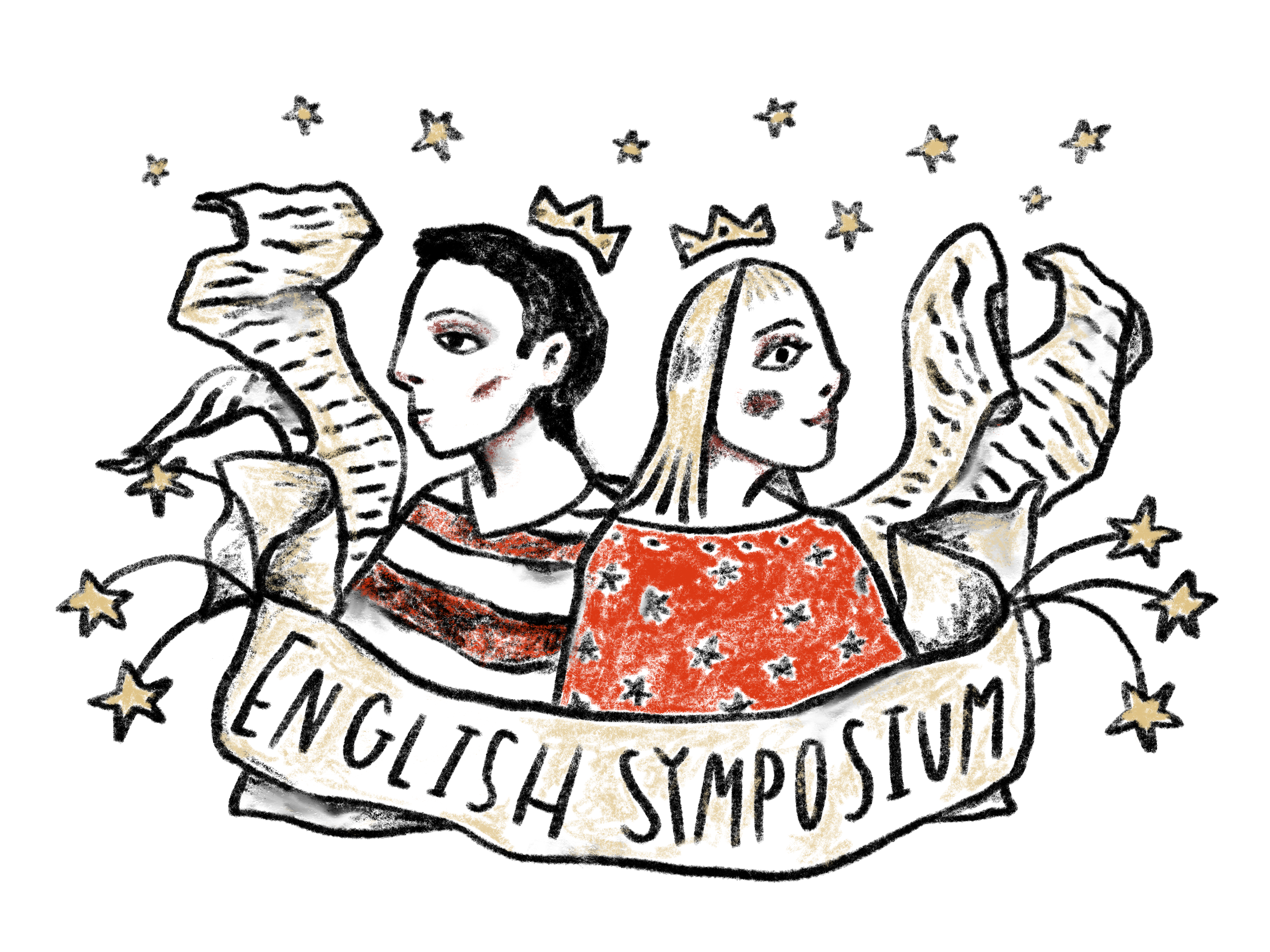Content Category
Literary Criticism
Abstract/Description
James Joyce often used Catholic or Christian symbolism to add depth and meaning to his stories. Echoes of saints and major biblical events can be found in all of his major works. “The Dead” is the last story in Joyce’s Dubliners collection, published in 1914. This article examines “The Dead” from the perspective of the Annunciation, Crucifixion, and Resurrection, noting biblical symbolism throughout the text. Critics have identified Gretta as a symbol of the Virgin Mary, Gabriel as the archangel Gabriel, and Michael as Christ, but they have not yet linked the three together. This paper analyzes the biblical significance of these three characters and explains how this influences our reading of the text. The Christian symbolism works together to make sense of the characters’ actions and add meaning to the final scene, where Gabriel reflects on an Ireland covered in snow. Gretta figuratively conceives the memory of Michael Furey in a type of the Annunciation. She relates this memory to Gabriel, explaining Michael’s death under a tree in the garden. This scene has symbolic ties with the Crucifixion. In connection with the archangel Gabriel’s role of announcing new life, Gabriel is able to find rebirth and renewal through Gretta’s gift. She gives him the chance for reflection and change, which he accepts. Gabriel then projects this type of resurrection on the rest of Ireland. The paper concludes by arguing that by Michael/Christ offering Gabriel and Ireland a chance for renewal, Joyce is asserting that there is still hope for Ireland.
Copyright and Licensing of My Content

This work is licensed under a Creative Commons Attribution-Noncommercial-No Derivative Works 4.0 License.
Origin of Submission
as part of a class
Faculty Involvement
Jarica Watts
Annunciation, Crucifixion, Resurrection: Christian Symbolism in Joyce’s “The Dead”
James Joyce often used Catholic or Christian symbolism to add depth and meaning to his stories. Echoes of saints and major biblical events can be found in all of his major works. “The Dead” is the last story in Joyce’s Dubliners collection, published in 1914. This article examines “The Dead” from the perspective of the Annunciation, Crucifixion, and Resurrection, noting biblical symbolism throughout the text. Critics have identified Gretta as a symbol of the Virgin Mary, Gabriel as the archangel Gabriel, and Michael as Christ, but they have not yet linked the three together. This paper analyzes the biblical significance of these three characters and explains how this influences our reading of the text. The Christian symbolism works together to make sense of the characters’ actions and add meaning to the final scene, where Gabriel reflects on an Ireland covered in snow. Gretta figuratively conceives the memory of Michael Furey in a type of the Annunciation. She relates this memory to Gabriel, explaining Michael’s death under a tree in the garden. This scene has symbolic ties with the Crucifixion. In connection with the archangel Gabriel’s role of announcing new life, Gabriel is able to find rebirth and renewal through Gretta’s gift. She gives him the chance for reflection and change, which he accepts. Gabriel then projects this type of resurrection on the rest of Ireland. The paper concludes by arguing that by Michael/Christ offering Gabriel and Ireland a chance for renewal, Joyce is asserting that there is still hope for Ireland.

